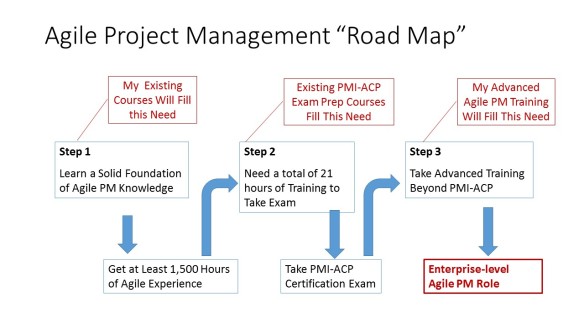I’m an engineer at heart. I’ve been trained to analyze problems objectively and come up with well-thought-out solutions. That approach comes naturally to me but it is something that needs to be learned and reinforced. Here’s a dialog I had with my wife that illustrates this:
Wife: I will never buy another *Brand X* washing machine again!
Me: Why is that?
Wife: The clothes don’t smell fresh!
What’s wrong with that picture? People often rush to judgment like that without fully analyzing a situation and/or make a hasty assessment based on some kind of personal bias that’s not very objective. Think about it – in this situation, there are many things that might cause the clothes to not smell fresh so it’s probably premature to blame the washing machine and all models of washing machines built by *Brand X* so quickly but people do that all the time.
“Systems Thinking” is a framework for looking at something as a “system” and understanding how all the components of that system contribute to achieving whatever result it is supposed to accomplish. For example, the process of washing clothes in a washing machine depends on the type of detergent, type of fabric softener, the need to operate the washing machine properly, and the need to clean the washing machine drum periodically, etc. to achieve the desired result of having fresh-smelling clothes. For a more detailed definition of what “Systems Thinking” is, check out this blog post I wrote some time ago:
Systems Thinking
“Systems Thinking” is a powerful tool I learned a long time ago when I first read Peter Senge’s book: “The Fifth Discipline – The Art and Practice of the Learning Organization” in the 1990’s. That has been a very powerful tool for me that I’ve used over-and-over again in many situations.
The practice of systems thinking can be complex – you can use the phrase to refer to a set of tools – such as causal loop diagrams, stock and flow diagrams and simulation models – that help us map and explore dynamic complexity. “For example, systems thinkers often describe the world in terms of reinforcing and balancing processes, limits, delays, patterns of behavior over time, and so forth.” – Barry Richmond, isee systems, inc.
However, Without adding a lot of complexity, a lot can be gained from simply developing a unique perspective on reality – a perspective that sharpens our awareness of the whole and of how the parts within those wholes interrelate. The biggest obstacle to systems thinking; however, is our tendency to over-simplify something that is complex to force-fit it into binary, black-and-white terms rather than trying to understand the complexity of it at a deeper level. My wife’s emotional reaction to the washing machine is an example of that. Her instant reaction was that it must be that *@!# washing machine and I’ll never buy another washing machine like that again!
Here’s an example from a LinkedIn discussion I recently participated in that is more directly relevant to the subject of Agile Project Management:
“Ultimately Project Management is a type X/violent approach to delivery. Where Lean/Agile is a type Y/non-violent approach to delivery”
What’s wrong with that statement? It makes a very broad-based assessment of what “project management is based on some very biased opinions of what project management is and attempts to characterize the whole practice of project management that way. It’s equivalent to my wife’s statement that “I will never buy another *Brand X* washing machine again!”. Anyone who thinks that way will have a very difficult time adopting a true systems thinking approach just as my wife had to adjust her thinking to think about the problem with the washing machine in a broader and more objective perspective. There’s a saying that I think is very relevant to this that says:
“It’s easier to accept a simple myth and move on than it is to take the time to understand complex reality”
As long as people cling on to some of the simply myths and stereotypes that exist about what “project management” is, it will be difficult for them to see “Project Management” and, more specifically, “Agile Project Management” in a fresh new perspective. Another statement made by the same person in the LinkedIn discussion was:
“The term Agile PM is as disconcerting as a Scrum Project Manager”
People like to see things in binary, black-and-white terms and have difficulty seeing the possibility that all project managers might not fit into that stereotype.
I’ve just finished developing a new online training course on “Understanding Agile at a Deeper Level” that includes a module on “Systems Thinking” because I believe it is very important to Agile Project Management. The new course also has a lot of material on the principles and values behind both Agile and Scrum that I think will help people see things in a fresh new perspective based on a deeper understanding of Agile and Scrum beyond just the “mechanics” of basic Scrum practices. This new course will help people take a systems thinking approach to understand Agile and Scrum at a deeper level and see it in a broader perspective of how it fits within a business enterprise as a whole. This new course is in final review now and should be released within the next week. You can view a brief video summary of the course here:
Understanding Agile at a Deeper Level – Video Course Summary
I am offering this new course for a limited amount of time for only $10. You can find information on this offer at the following location:
http://managedagile.com/training-courses/

